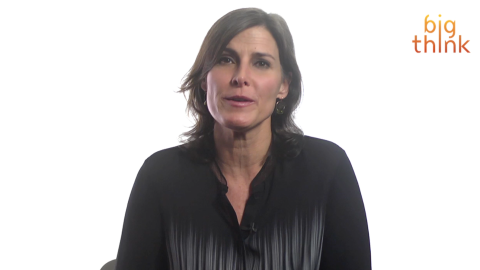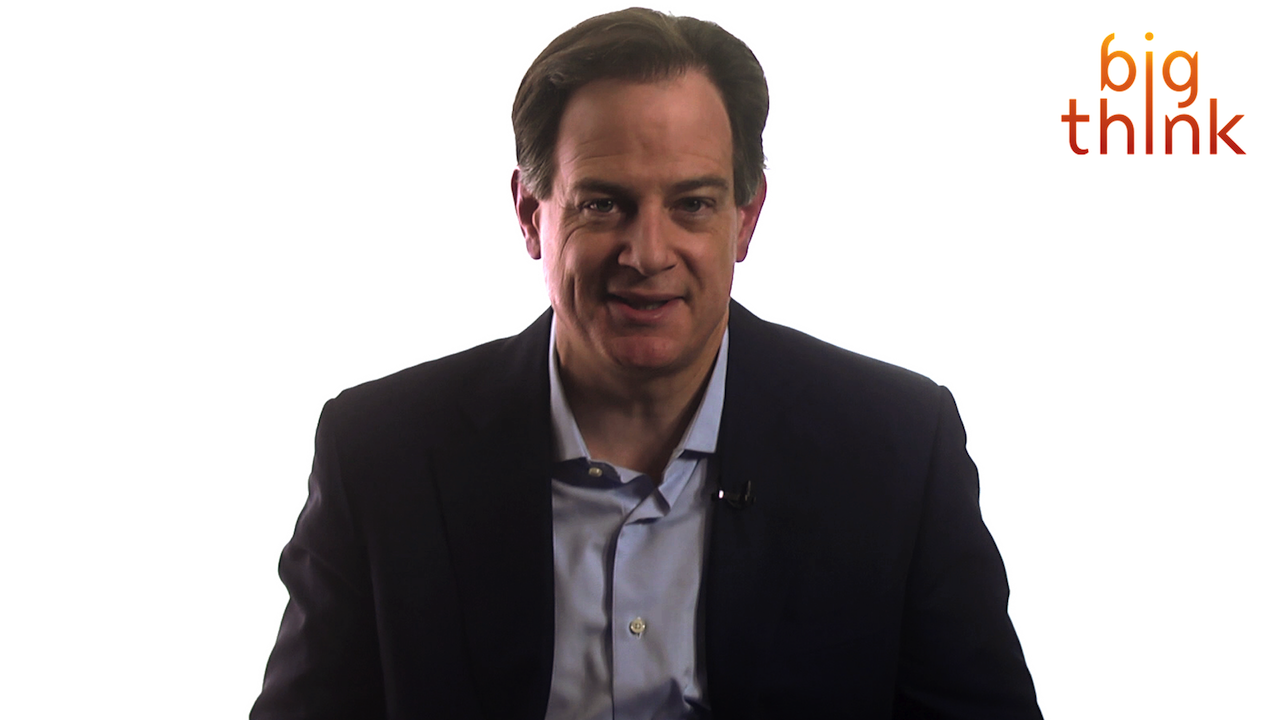Authenticity Will Close the Confidence Gap, with Claire Shipman

We often hear examples of social inequity framed around the image of a gap: achievement gap, gender wage gap, opportunity gap, etc. In each of these, the gap represents both the factual distance between the advantaged and the disadvantaged, as well as the figurative gap in terms of equity and fairness. For instance, the gender pay gap (which does exist, by the way) is a literal separation between male and female financial compensation. It’s simultaneously an abstraction of the societal privilege afforded to men and not women. When we hear people say, “We need to close the ____ gap,” we’re not just talking about paying women the same as men, or whatever it is the gap signifies. We’re talking about rectifying the perception that Group A deserves more ____ than Group B. The gender pay gap isn’t just about money; it’s about an idea.
With that in your front pocket, consider ABC News correspondent Claire Shipman’s appearance in today’s featured Big Think interview. Shipman is co-author of the book The Confidence Code, which explores the nature and importance of self-assurance in the workplace. Its prime focus is on equipping women with the knowledge and skills necessary to close the confidence gap.
And there we are with another gap, though this one is almost inextricably linked to the gender leadership gap tackled by business leaders such as Sheryl Sandberg and Jody Greenstone Miller. Shipman and her co-author, BBC World News correspondent Katty Kay, conducted numerous interviews, compiled extensive research, and received guidance from leaders such as the International Monetary Fund’s Christine Lagarde. They came to the conclusion that the lack of authentic confidence is a key component to what’s holding women back in the workforce.
If we’re to apply our understanding of gaps to Shipman and Kay’s ideas on self-assurance, we can identify that the factual issue at the core of the confidence gap is that men get promoted faster and with more frequency than women, a major reason for this being that men know how to confidently “play the game.” This essence of the gap aligns with various definitions of the gender leadership gap. Where the confidence gap differs is in its representation of the so-called “rules of the game” and how men are advantaged because they have, for the longest time, been the sole rule makers. The gap represents both status and values.
Shipman explains that the brand of confidence that contributes to professional achievement is of men and not women. Professional women who have sought to play by the entrenched rules often sacrifice their authenticity by trying to emulate men. Shipman delves into why this is a problem:
“We all think of confidence in this kind of Mad Men-style bravado — speaking up first, ‘I’m going to do this; I’ll handle that.’ That may just be male behavior. That might not be the way confidence will look in a confident woman. And understanding that there has to be an authenticity to our confidence is very important and powerful.”
For Shipman, what’s lacking is a diversity of confidence and therefore a diversity of style. By latching onto the entrenched “rules” that favor only one type of confidence/style, we’re promoting a brand of uniformity that’s ultimately unfavorable to most companies’ bottom line. Successful and innovative industries draw from a well of various voices who each contribute something different. We can draw more from that well if we acknowledge the value of promoting diverse forms of authenticity. That’s why closing the confidence gap isn’t just for the betterment of women; it’s for the betterment of us all.
On February 27th, PwC will host a live webcast on developing great women leaders with ABC News’s Claire Shipman and her “The Confidence Code” co-author Katty Kay. Register here for the webcast, and follow the conversation on Twitter: #PwCAspire. Big Think will be featuring more related videos and other content throughout the month.




